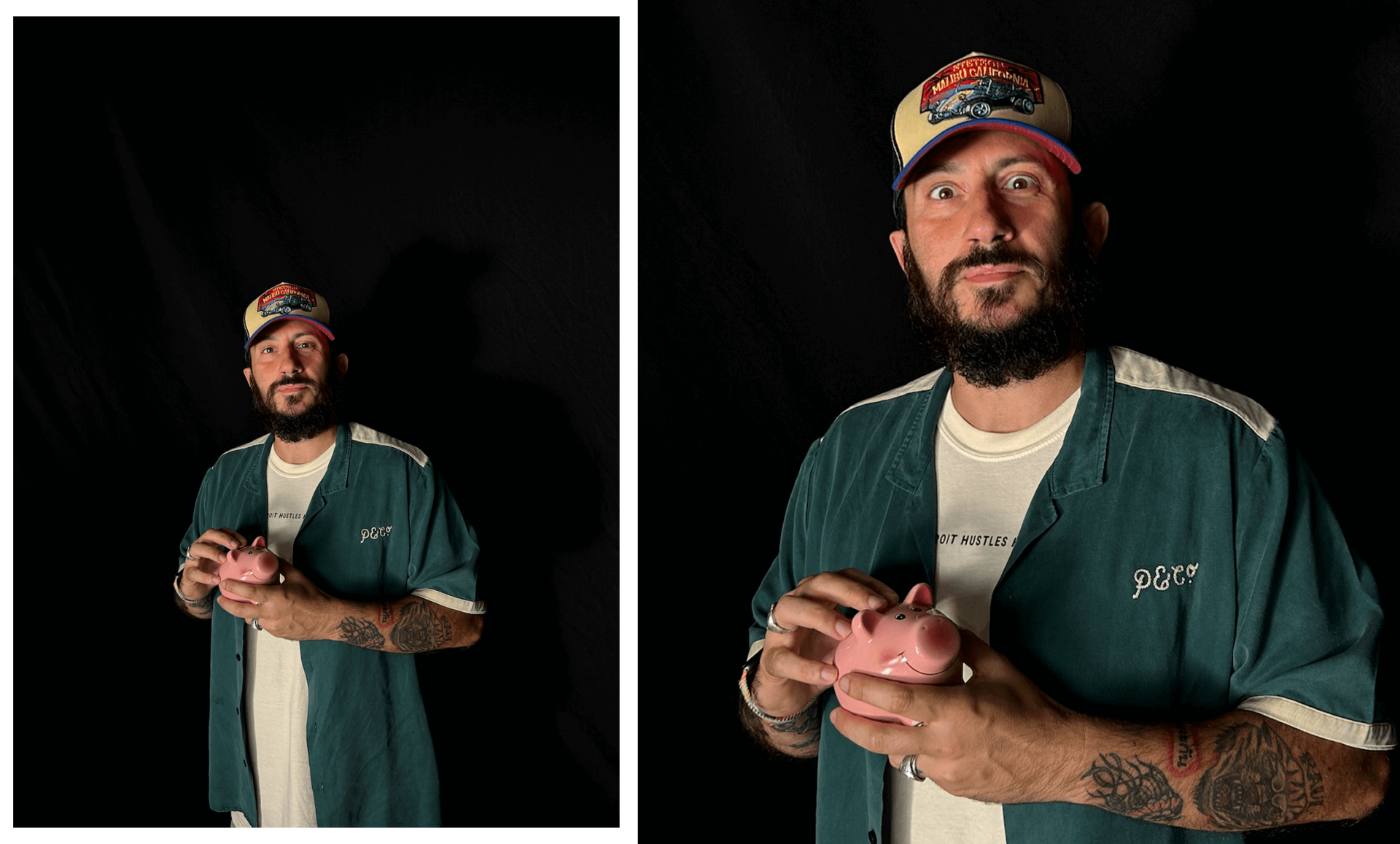Step into the immersive world of director Greg Ferro, a creative visionary renowned under two distinct personas: Greg Ferro and EyeCandy. What’s the story behind this duality? What’s the difference between working in the European and Asian market? And at the heart of it all, why it will always be about storytelling and emotions. Join us in exploring Greg’s cinematic journey.
Agnieszka Celej: You have two director’s identities – Greg Ferro and EyeCandy. What is the story behind them?
Greg Ferro: Just over 10 years ago, I was merely a live-action director, but I wasn’t satisfied with the direction my career was taking. I was only receiving boring or horrifying storyboards. So, I decided to take a year off and study photography to give a new direction to my work. I went to New York and while studying photography, I became passionate about high-speed photography. Then, during a meeting at the Cannes Lions festival, I met a talented Tabletop Executive Producer who convinced me to explore these techniques. But my name wasn’t fitting, I needed a new name, and that’s how EyeCandy was born. In essence, it’s a rebranding, a pure marketing operation. After all, that’s what we do, right?

What does high speed and moco mean to you today?
I’ve always found the world to be more beautiful through a lens, and once I discovered high-speed photography, I never let it go. For me, it’s like entering a magical world, seeing something that is not visible to the naked eye. It’s absolutely the ultimate desire for me. However, I’m a bit more critical when it comes to Motion Control. In my opinion, there was a period when it was overused, at the expense of the beauty of the image and storytelling. Yes, even tabletop requires storytelling to be effective! First and foremost, there should be the beauty of a well-photographed image. A beautifully captured slow-motion scene should evoke emotions without the need for camera movements. Motion Control should enhance that magic, but for years it was overused, compromising the image quality. Let me give you a positive example – FoodFilm. They have created extraordinary campaigns revolutionizing the genre without ever needing to use Motion Control. Personally, I say: thank you!
Storytelling versus visual aesthetics. What comes first?
Even though I’m a director/cinematographer who has always focused on the beauty of the image, I respond in a very direct and simple way…
Storytelling is the past, present, and future of communication. And that will never change, whether it’s live action or making hamburgers fly, our task is to tell a story. And it’s the most beautiful job in the world.
How has your work changed in the last 2-3 years?
It has changed and is changing a lot. Whereas before I wouldn’t shoot unless everything was perfect, now I aim for integration with live action by shooting in real environments. It’s a slightly more punk approach, both in photography and production. Before, it was high-speed or nothing, but now I’ve shot campaigns with a smartphone, and I have to say that I like them. However, it’s a personal sentiment that doesn’t necessarily represent the direction we’re heading in. It’s more of a methodology that stems from my background as a live-action director, particularly with a documentary-style approach. In essence, my style is maturing, and it’s what I believe will bring me more satisfaction.
Is there any particular work you are most proud of?
I love working with liquids, and I enjoy being involved in the creative process right from the start. So, I’ll mention two projects that may not be particularly big but truly represent me: BREWDOG PUNK IPA and BULLEI BOURBON.

